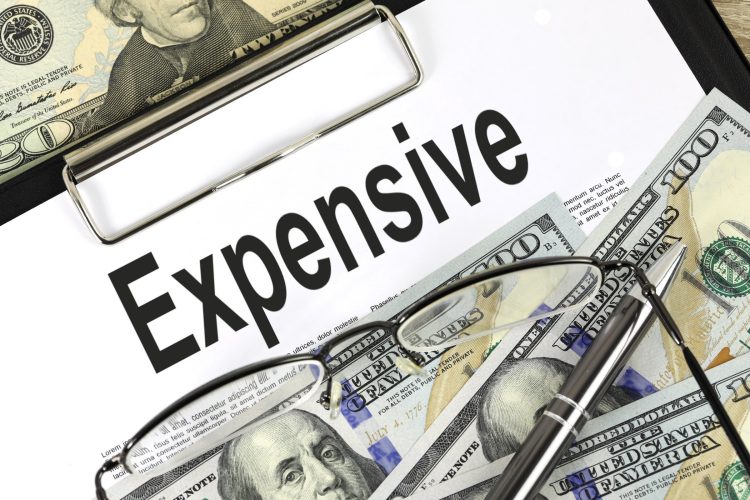You’ve likely seen headlines saying the economy is “thriving”, with low unemployment rates and a promising future ahead.
Yet, many Americans don’t share the same optimism. Inflation continues to pinch, and several industries have experienced significant layoffs.
This is what’s referred to as a “vibecession.” Even when economic indicators suggest stability, public sentiment remains gloomy. Let’s dive into why we’re in this slump and if there’s any sign of it improving.
Understanding the Vibecession
During a vibecession, it often feels like there’s little hope for the economy. Prices seem sky-high, and you might know someone who’s been laid off, making it feel like tightening the budget is the only option.
Despite these concerns, the economy may actually be stable or even growing. This gap between perception and reality is what’s happening in the U.S. today. Consumers are reluctant to spend, creating an overall sense that things are tougher than they really are.
This isn’t the first time we’ve faced such a situation.
Many consumers have been uneasy ever since inflation hit a 40-year high of 9.1% in 2022. Coupled with lingering memories of the 2008 financial crisis, it’s no wonder people have been unsure about their financial outlook for a while.
What Triggers Vibecessions?
Several factors contribute to a vibecession. The most significant? No amount of data can change how people feel if their day-to-day reality doesn’t reflect economic growth.
When essentials like food and housing remain expensive, or if wages don’t seem to stretch far enough, it’s hard to believe things are improving. This is especially true for lower-income families feeling the pressure more acutely.
Media coverage also plays a big part. Sensationalized news sells, but it can also fuel anxiety about the future, even if, on paper, things are improving.
Key Signs of a Vibecession
So, how do we know we’re in a vibecession? Several factors highlight the current mood:
- Consumer Confidence Index: Confidence remains below pre-pandemic levels, leaving many Americans feeling wary about their financial future.
- Spending Trends: People are cutting back on spending when they feel economically vulnerable.
- Housing Market: High mortgage rates and low housing inventory have stalled the market, leaving potential buyers on the sidelines.
- Job Market: While it’s better than during the pandemic, job opportunities aren’t as plentiful, and wages aren’t keeping up with inflation.
Improving Public Sentiment
It’s tough to convince someone struggling financially that things are getting better.
The best way to restore confidence is by addressing problems that directly impact people’s lives. Stock market gains don’t mean much to families just trying to get by.
Policies that tackle core issues, like rent increases or inflation, could help ease the pressure. Creating well-paying jobs, especially in harder-hit areas, would give people the boost they need to regain hope.
But this is no easy fix. It could take months or even years before public sentiment improves.
Is the Vibecession Here to Stay?
How long this vibecession lasts depends on how quickly the government, businesses, and the global economy address these challenges.
Even though things are better than during the height of the pandemic, there’s still work to be done before people feel financially secure. If leaders act decisively, Americans may start feeling more hopeful about their finances.
The Bottom Line
While the U.S. economy may not be in a traditional recession, the persistent sense of financial insecurity and unease remains a significant issue.
It will take time to see whether this feeling fades. Until then, stay informed and manage your finances wisely to navigate these uncertain times.







Discussion about this post